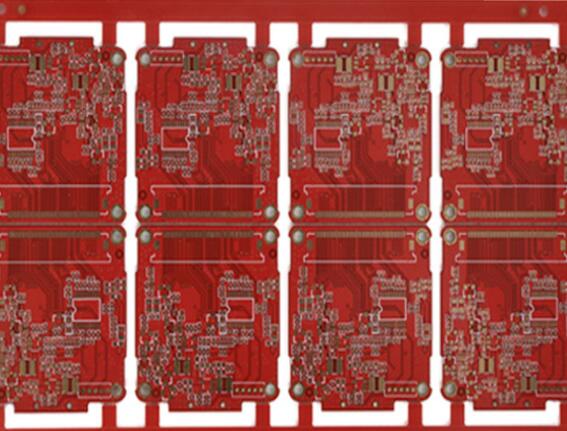Introduction of PCB board
94HB: Ordinary cardboard, not fireproof (poor material, can't be used as power board)
94V0: Flame-retardant cardboard
22F: Single-sided half glass fiber board
CEM-1: Single-sided fiberglass board (computer drilling is necessary, not die punching)
CEM-3: Double-sided half glass fiber board (a very low-end material for double-sided boards)
FR-4: Double-sided fiberglass board

2.The PCB circuit board must be flame-resistant, cannot burn at a certain temperature, but can only be softened.
In the custom PCB circuit board, the solder mask colors are green, blue, red, black, white and other colors. In the PCB production process, most of the green colors are found to be the most commonly used. There are also many small partners who call the solder mask green oil. Through printing, pre-baking, alignment, exposure, development, post-curing and other processes, the solder mask green oil is a liquid photoresist, which is an acrylic oligomer and is used as a protective layer. It is covered on the circuit and substrate of the printed circuit board that do not need to be soldered, and the purpose is to protect the formed circuit pattern for a long time. The main components of liquid optical image welding ink include: epoxy resin and acrylic resin with properties such as propylene glycol epoxy resin, novolac epoxy resin, medium phenol epoxy resin and ethyl urethane.
What is the function of the solder mask on the PCB circuit board?
(1) Prevent physical disconnection of conductor circuits.
(2) During the welding process, cover the base material between the lines to prevent short circuits between the lines due to bridging.
(3) Cover all conductive lines that do not need to be soldered to prevent the copper layer from being oxidized.